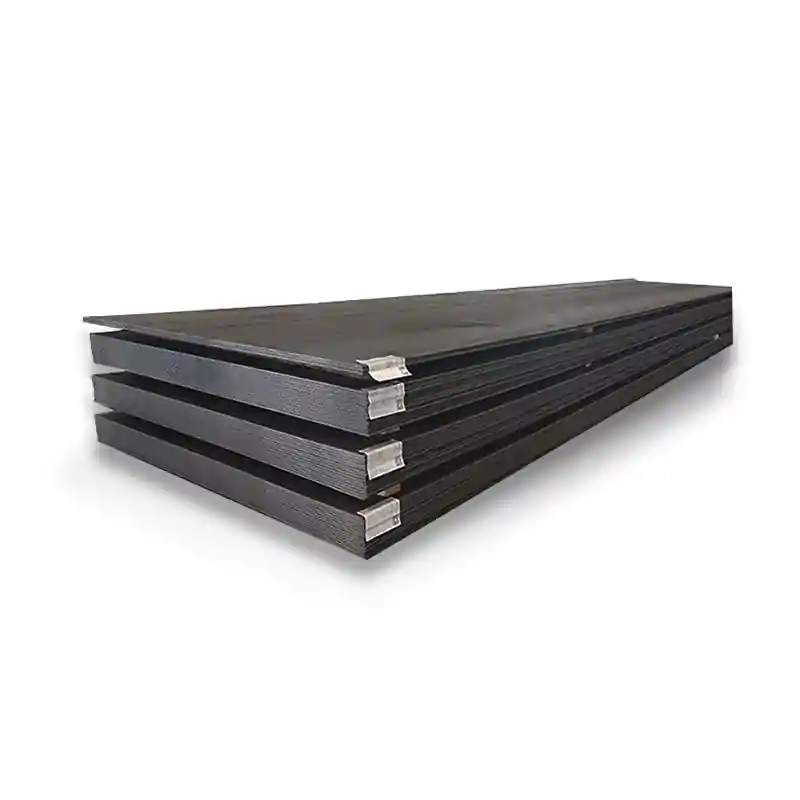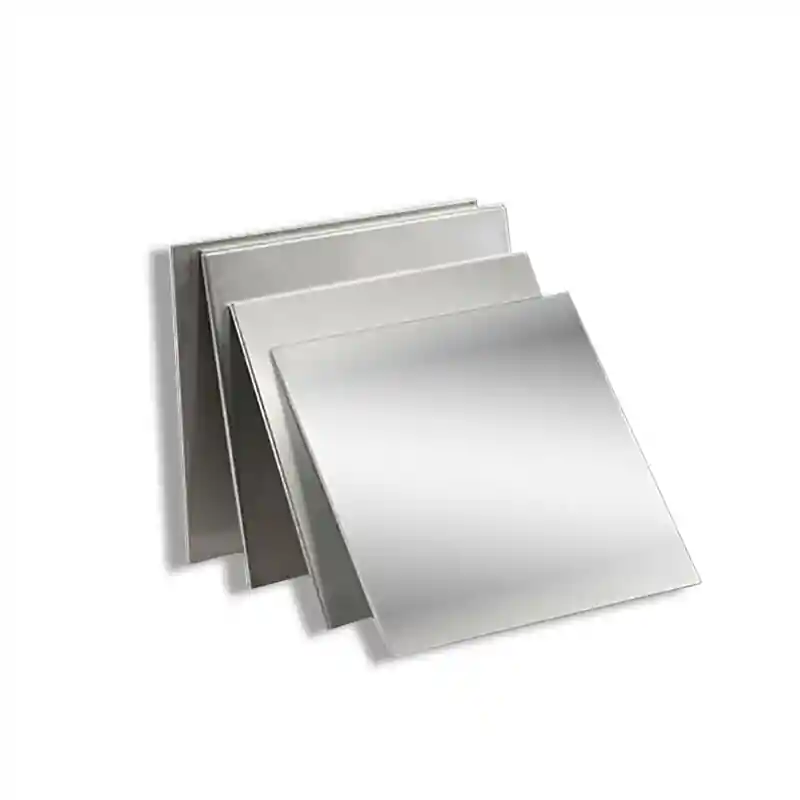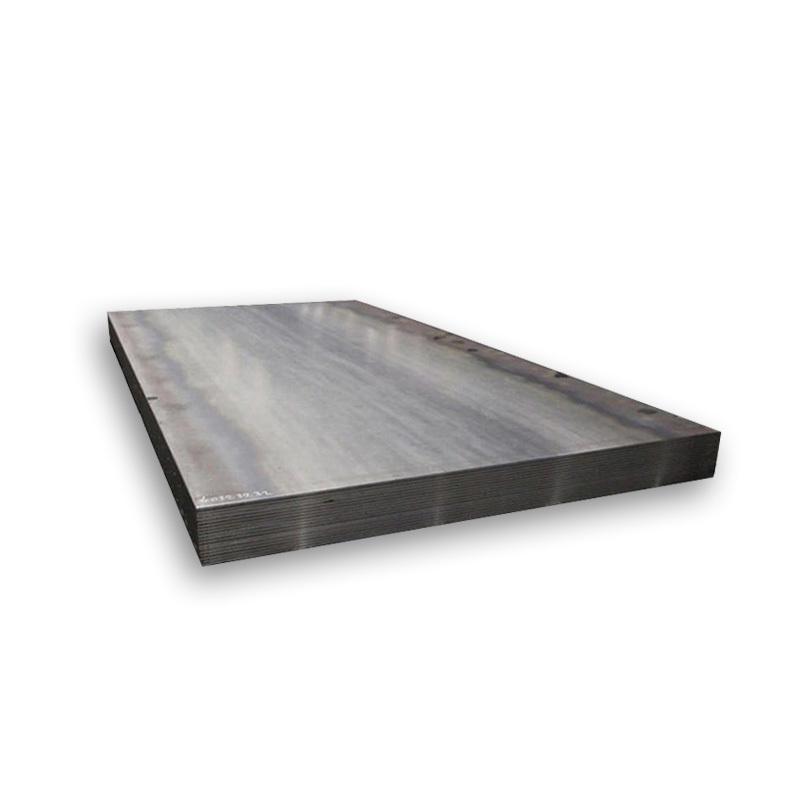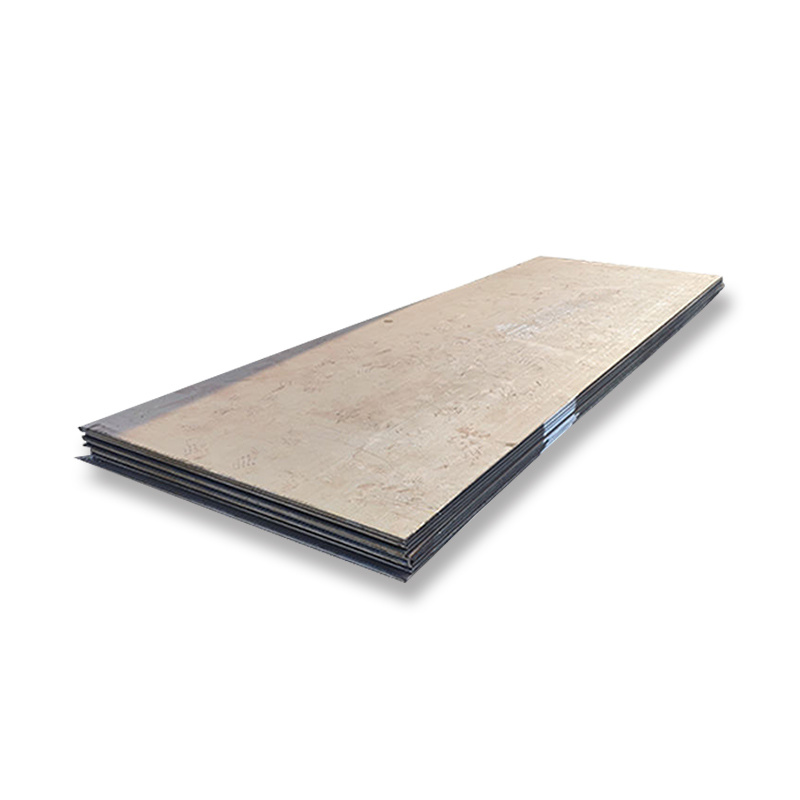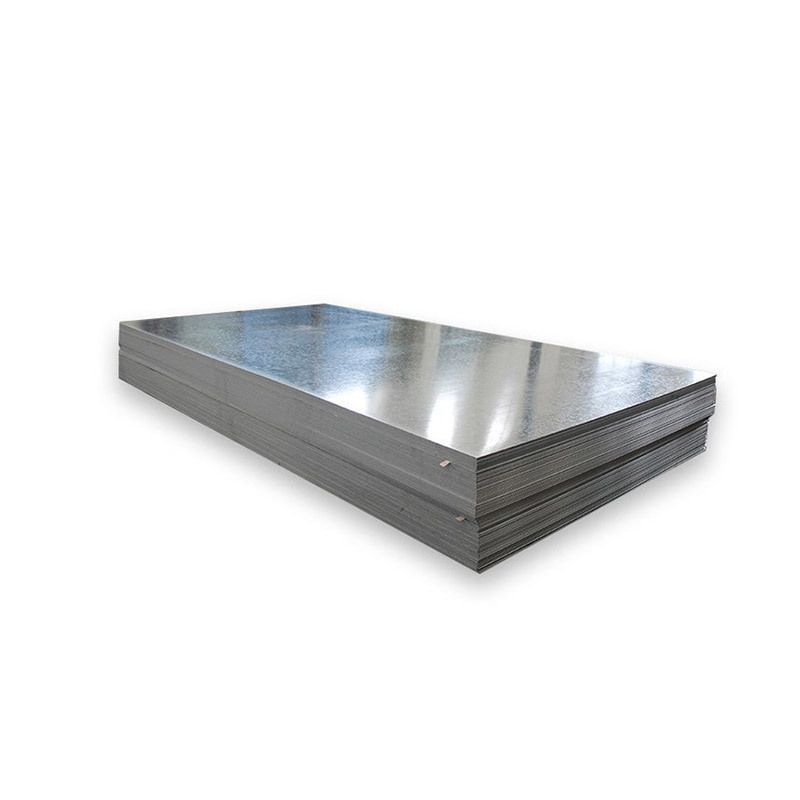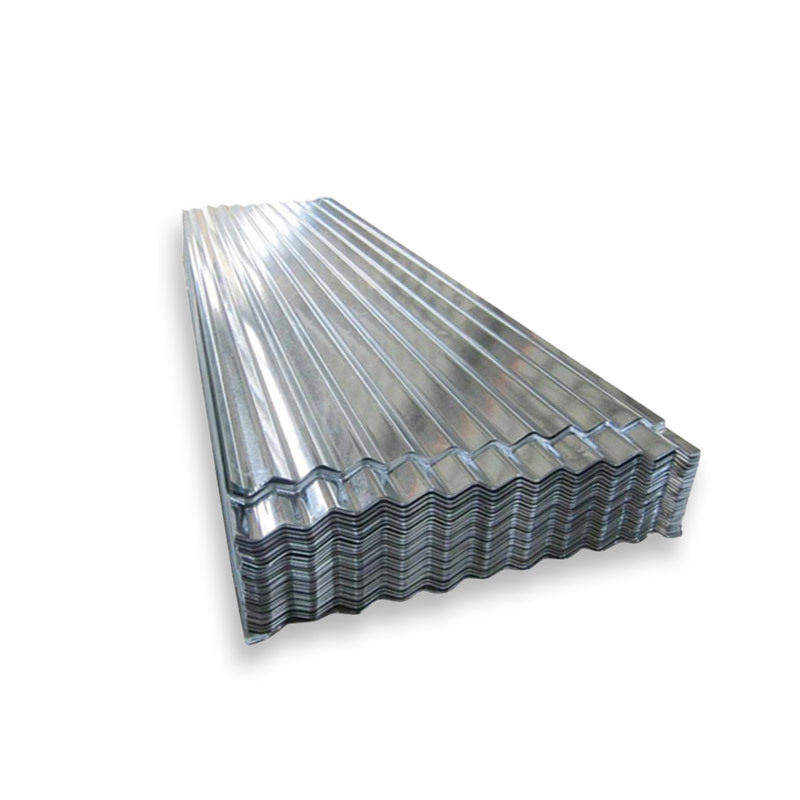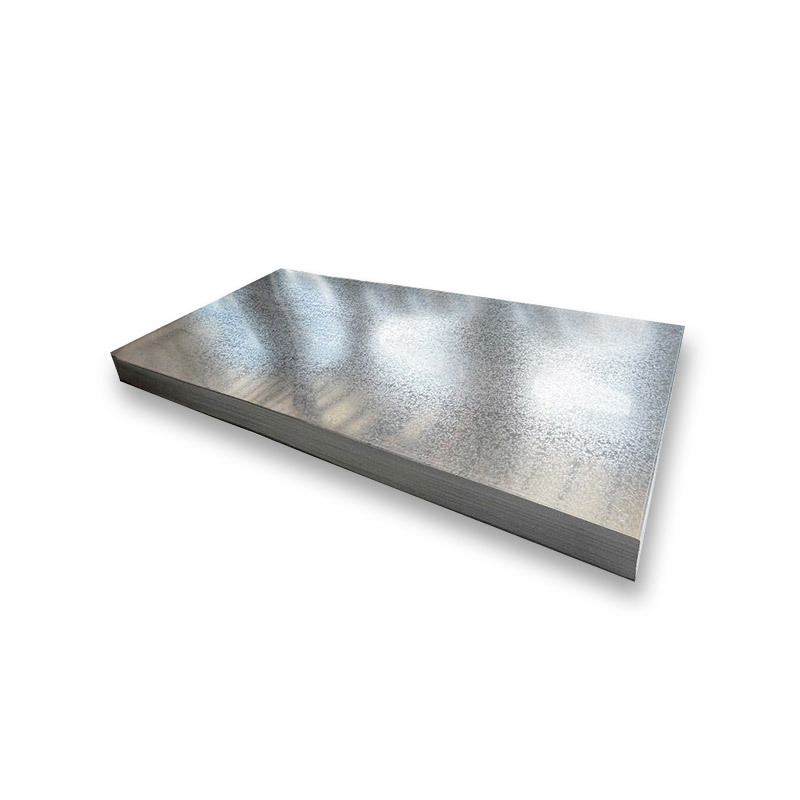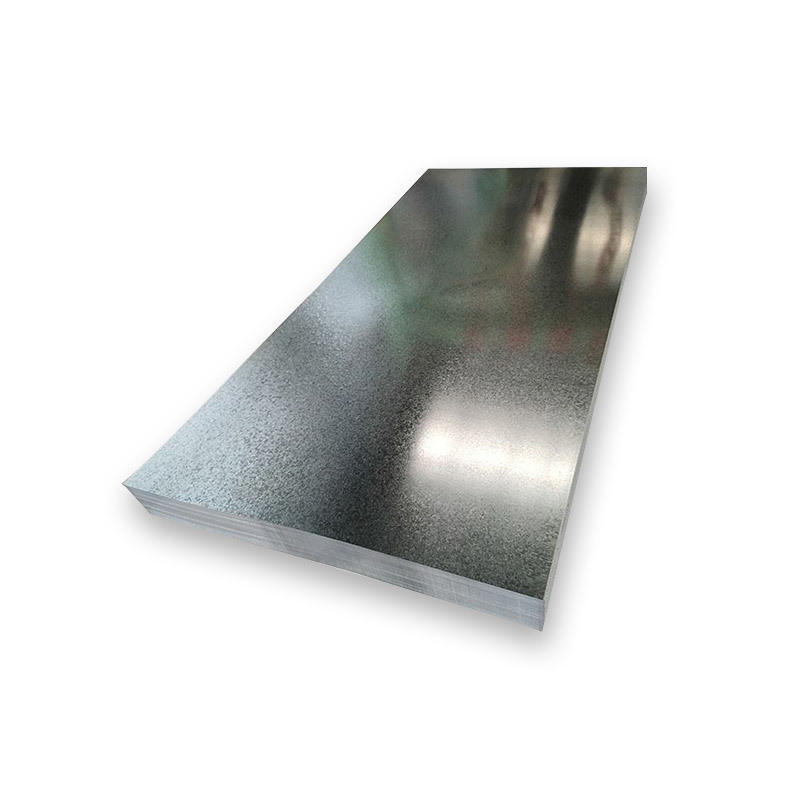PRODUCT CENTER
CONTACT US
ASTM A514 steel is available in several grades: A, B, C, E, F, H, J, K, M, P, Q, S, and T, all of which have the same mechanical properties. ASTM A514 steel plates are conventionally quenched and tempered steel. ASTM A514 steel plate is known for its high yield strength, weldability and toughness, even under low temperature conditions. ASTM A514 steel is a special high-strength steel, mainly used as building structural steel.
304 stainless steel is a kind of universal stainless steel material, rust resistance than 200 series of stainless steel material is stronger. High temperature resistance is also better, can be as high as 1000-1200 degrees. 304 stainless steel has excellent corrosion resistance and good intergranular corrosion resistance. For oxidizing acids, it is concluded in the experiment that 304 stainless steel has strong corrosion resistance in nitric acid with a concentration of less than or equal to 65% of the boiling temperature. It also has good corrosion resistance to alkali solution and most organic and inorganic acids.
A36/Q235/S235JR Carbon Steel Plate
A36 is a low-carbon steel containing trace amounts of manganese, phosphorus, sulfur, silicon and other elements such as copper. A36 has good weldability and high yield strength, and is the structural steel plate specified by the engineer. ASTM A36 steel plate is often manufactured into a variety of structural steel parts. This grade is used for welded, bolted or riveted construction of bridges and buildings, as well as for general structural purposes. Due to its low yield point, A36 carbon plate can be used to design lighter weight structures and equipment, and provide good weldability. Construction, energy, heavy equipment, transportation, infrastructure and mining are the industries where A36 panels are commonly used.
ASTM A283 is a carbon steel plate used for general structural purposes. The steel has low and medium tensile strength. The ASTM A283 steel specification covers four structural quality grades of mild steel, grades A, B, C, and D, for general application.
A572/S355JR Carbon Steel Plate
A572 grades are divided into: 42, 50, 60, 65. The steel plate is light in weight, but has good strength, ductility and workability, making it an ideal choice for structural applications. These characteristics make the A572 relatively simple to shape into different structures, while maintaining the ability to withstand large stresses and loads.
Hot dip galvanizing is to make the molten metal react with the iron substrate to produce an alloy layer, so that the substrate and the coating are combined. Hot galvanizing is to pickle the steel and iron parts first. In order to remove the iron oxide on the surface of the steel and iron parts, after pickling, it is cleaned by ammonium chloride or zinc chloride aqueous solution or ammonium chloride and zinc chloride mixed aqueous solution tank, and then sent into the hot dip plating tank. Hot-dip galvanizing has the advantages of uniform coating, strong adhesion and long service life.
Galvanized steel is a type of steel that is coated with zinc for protection by an electroplating process. The galvanized layer is applied to cold rolled steel at low temperatures. So EG steel is also known as cold galvanized steel. Through electrolytic galvanizing, a uniform and dense zinc layer is finally formed on the surface of the steel, but the mechanical properties of the material are still maintained. Electrogalvanized steel is usually sold in coil or sheet form. EG coil is a kind of material that can be cut, slitted and profiled for other purposes.
Prepainted Galvanized Steel Sheet
When steel components are used to make more complex finished products, they can be galvanized before the product is assembled. This is called pre-galvanizing, or "pre-galvanizing". It may also be referred to as "in-line", "continuous" or "rolled" galvanizing. Essentially, steel components (such as sheets or wires) are galvanized using an automated process before they are cut to size.
Galvanized Corrugated Roof Sheet
Galvanized roof shingles are made of galvanized steel sheet used for roofing and coated with zinc. The zinc coating provides moisture and oxygen protection for the base steel. According to the galvanizing process, it can be divided into hot-dip galvanized steel plate and electro-galvanized steel plate. The corrugated design will improve its strength and enable it to withstand harsh weather conditions. Common designs include wavy, trapezoidal designs, ribbed galvanized roof panels, etc. It can be used as a single-layer board, covering an existing roof, or a steel sandwich panel.
The material of DX51D galvanized sheet is a non-ferrous alloy with zinc as the matrix and other elements. The main alloying elements are aluminum, copper, magnesium and so on. Zinc alloy has low melting point, good fluidity, easy plastic processing and welding, and resistance to atmospheric corrosion. According to the manufacturing process, it is divided into cast zinc alloy and deformed zinc alloy. The commonly used casting zinc alloy is zinc-aluminum-copper-magnesium alloy, which has good casting process performance, and the cooling rate has little effect on the mechanical properties. They are mainly used in the manufacture of mechanical parts, toys, decorations and household appliances.
The Z150 in the DX51D Z150 galvanized steel coil is the actual coating name. The manufacturer describes the DX51D Z150 material as a mild steel galvanized layer for steel products. Specifically, DX51D is a steel grade characterized by its cold-formed bending and profiling qualities. The steel grade corresponds to steel grade 1.0917
The material of DX52D galvanized sheet is a non-ferrous alloy composed of zinc as the matrix and adding other elements. The main alloying elements are aluminum, copper, magnesium and so on. Zinc alloy has low melting point, good fluidity, easy plastic processing and welding, and resistance to atmospheric corrosion. According to the manufacturing process, it is divided into cast zinc alloy and deformed zinc alloy. The commonly used casting zinc alloy is zinc-aluminum-copper-magnesium alloy, which has good casting process performance, and the cooling rate has little effect on the mechanical properties. They are mainly used in the manufacture of mechanical parts, toys, decorations and household appliances.


